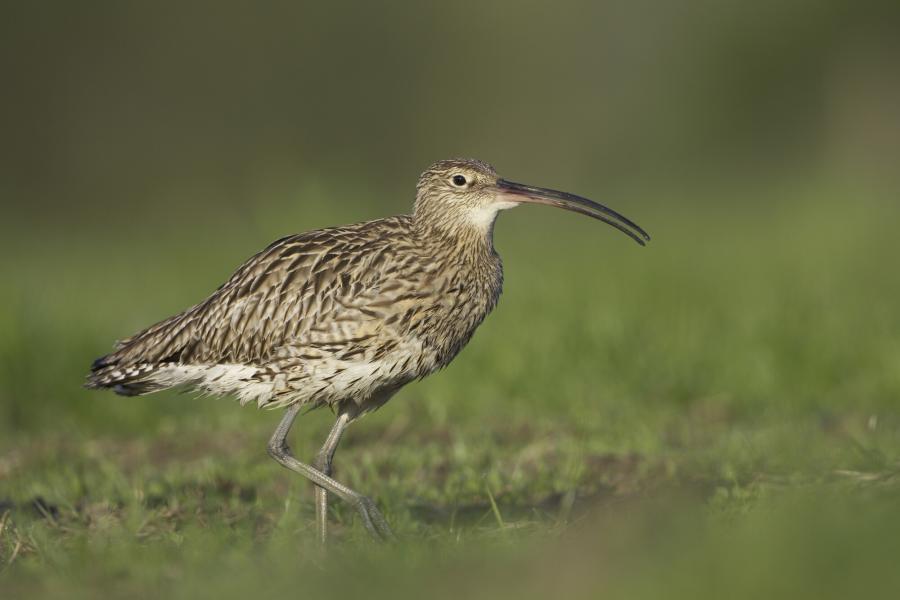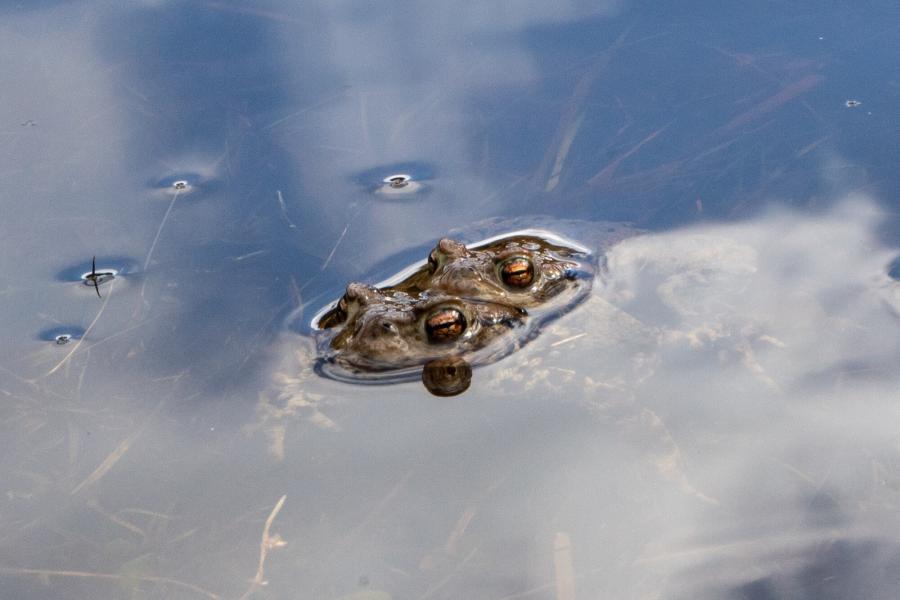Wetlands

The wetlands of the National Park are one of the most important and impressive ecosystems that we have. Given the importance they play in connecting habitats and sustaining life, they shouldn’t be underestimated and are deserving of the same awe and wonder that the mountains provoke.
Though proportionately they cover far less of the National Park than other habitats, the wetlands of the Cairngorms play a vital role in storing carbon, slowing the water flow from upper to lower catchments, and sustaining populations of fish, mammals, plant life, amphibians, invertebrates and birds.
Acting as a sponge, wetlands can both hold back and store water and increase its quality by trapping silts and storing and breaking down nutrients. From soggy bogs to marshes to pools, wetlands at their best offer a mosaic of rich and biodiverse habitats, joined up spaces where a multitude of species can thrive. This is important for all of the wildlife that needs wetlands to survive, especially so for the genetic diversity of species like frogs and toads who cannot fly or easily access broader gene pools.
Featured
Wildlife
The Cairngorms National Park is home to a quarter of the UK’s rare and endangered species. Its rich habitats are a haven for an array of wildlife, from iconic birds to elusive plants and flowers.
Wildfire management
As the climate changes, the risk of wildfires is ever more present in our daily lives and in a National Park, a wildfire has the potential to be devastating.
What we do
From pioneering conservation projects to community engagement and active travel, find out more about the range of work happening across the National Park.
Historically wetlands were subject to widespread draining to allow for development and an increase in livestock and gamebirds. Rewetting is now common as part of broader conservation efforts in recognition of the fact that healthy wetlands enable resilience in species and in landscapes and are relied on by wildlife and humans alike. In the face of a changing climate, wetlands are important both in terms of storing water and preventing widespread flooding, and mitigating against drought, reducing the risk of wildfires and ensuring that species still have the water that they need to survive.
The Cairngorms boasts a number of internationally protected wetlands, increasingly important sanctuaries for species in decline, in particular waders like curlew, and rare invertebrates like the northern damselfly found almost exclusively in the National Park.
Though they may not offer the same thrilling intensity as the plateaux, wetlands are often a place of peace and contentment, tranquil havens found off the beaten track to listen for the calls of birds nestled amongst the rushes, and to watch for the unmistakable swoop of a marsh harrier on the hunt for a water vole.







